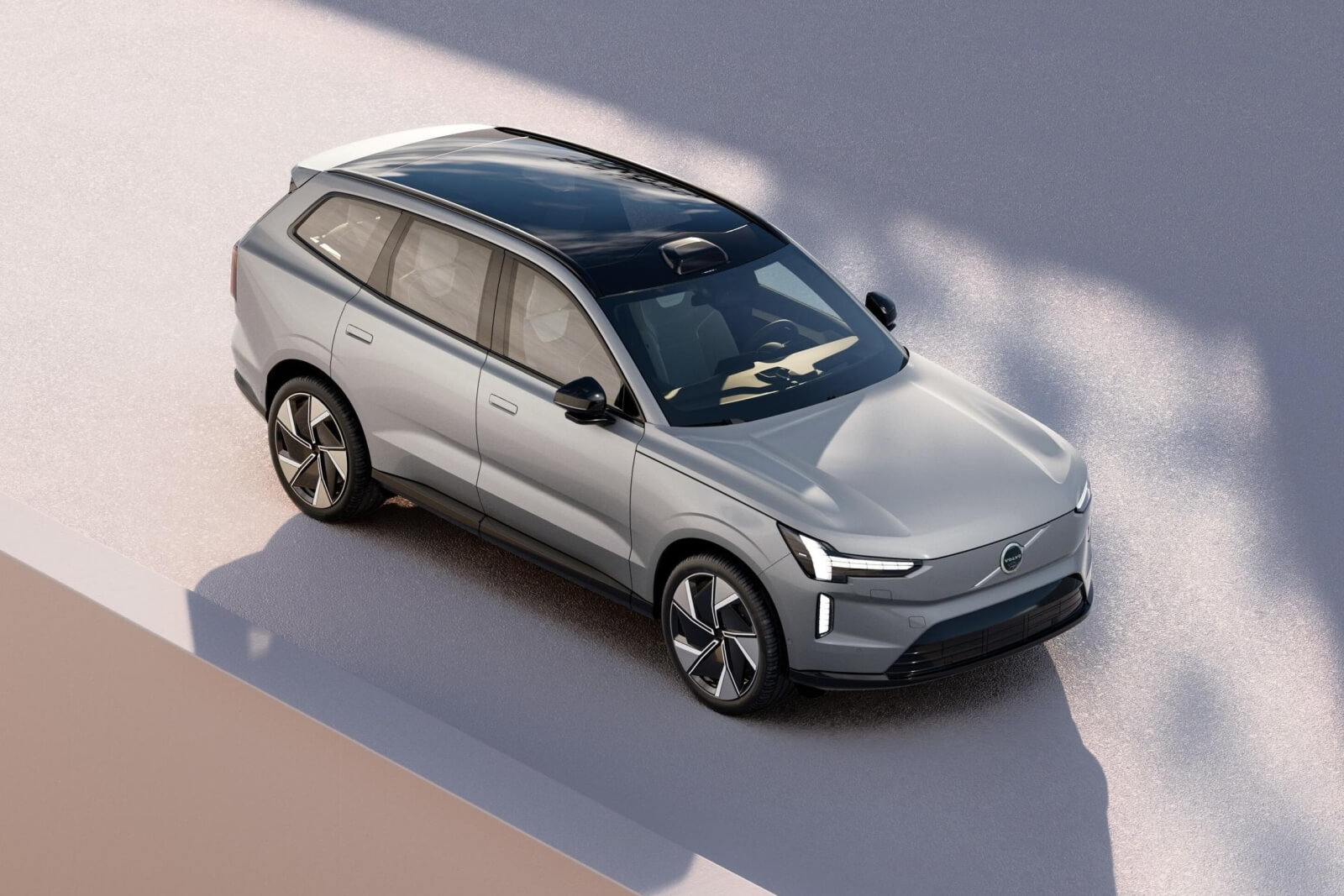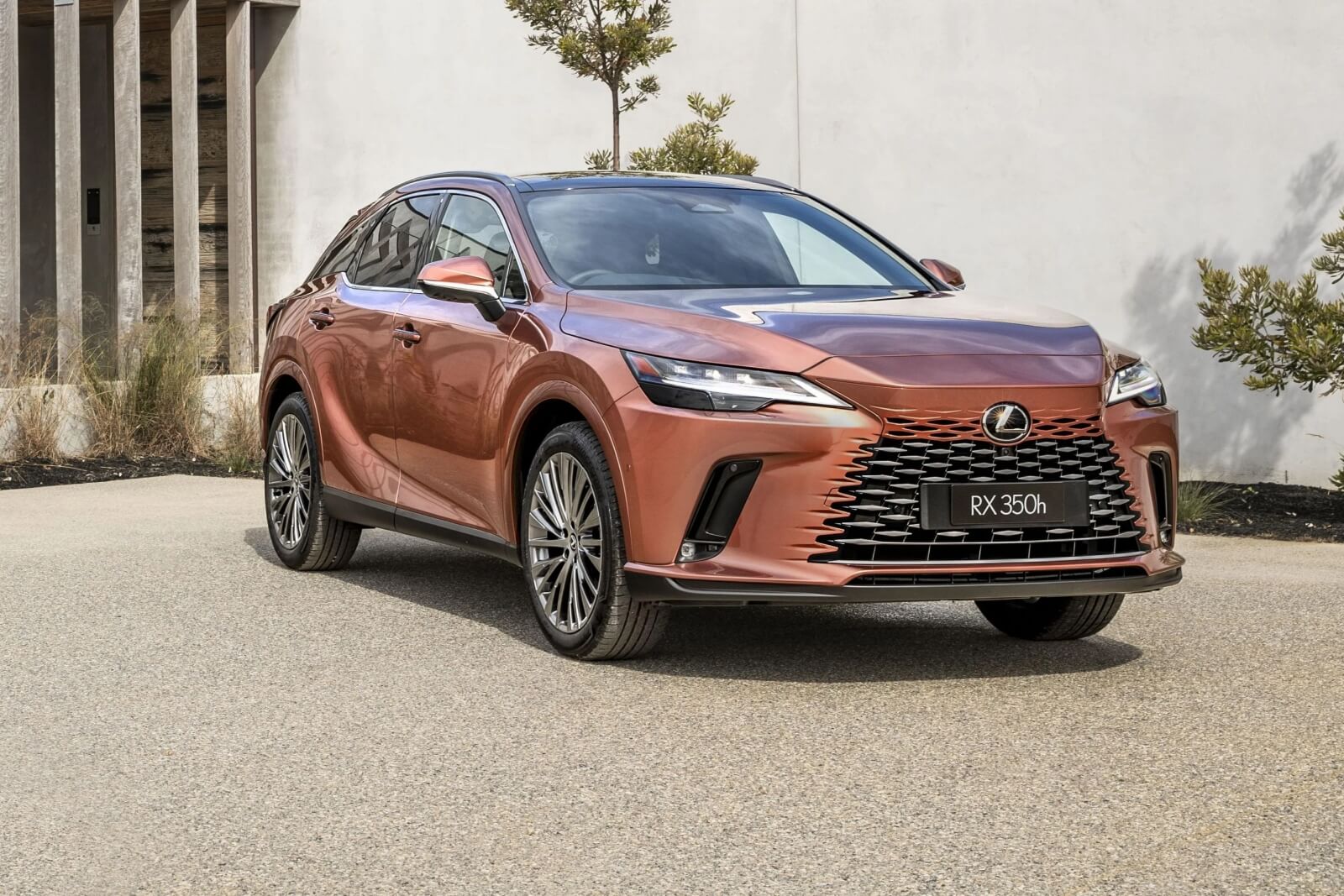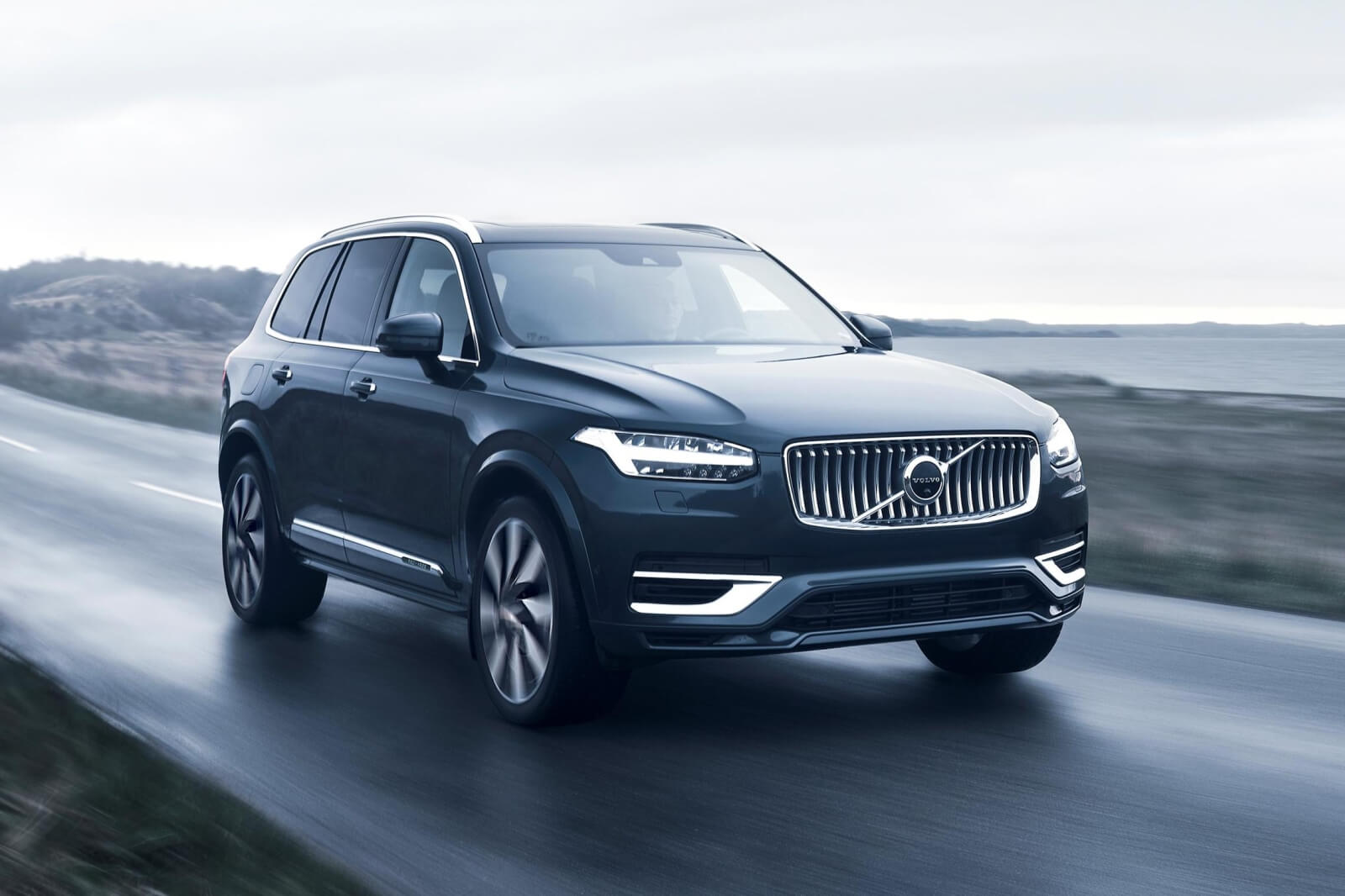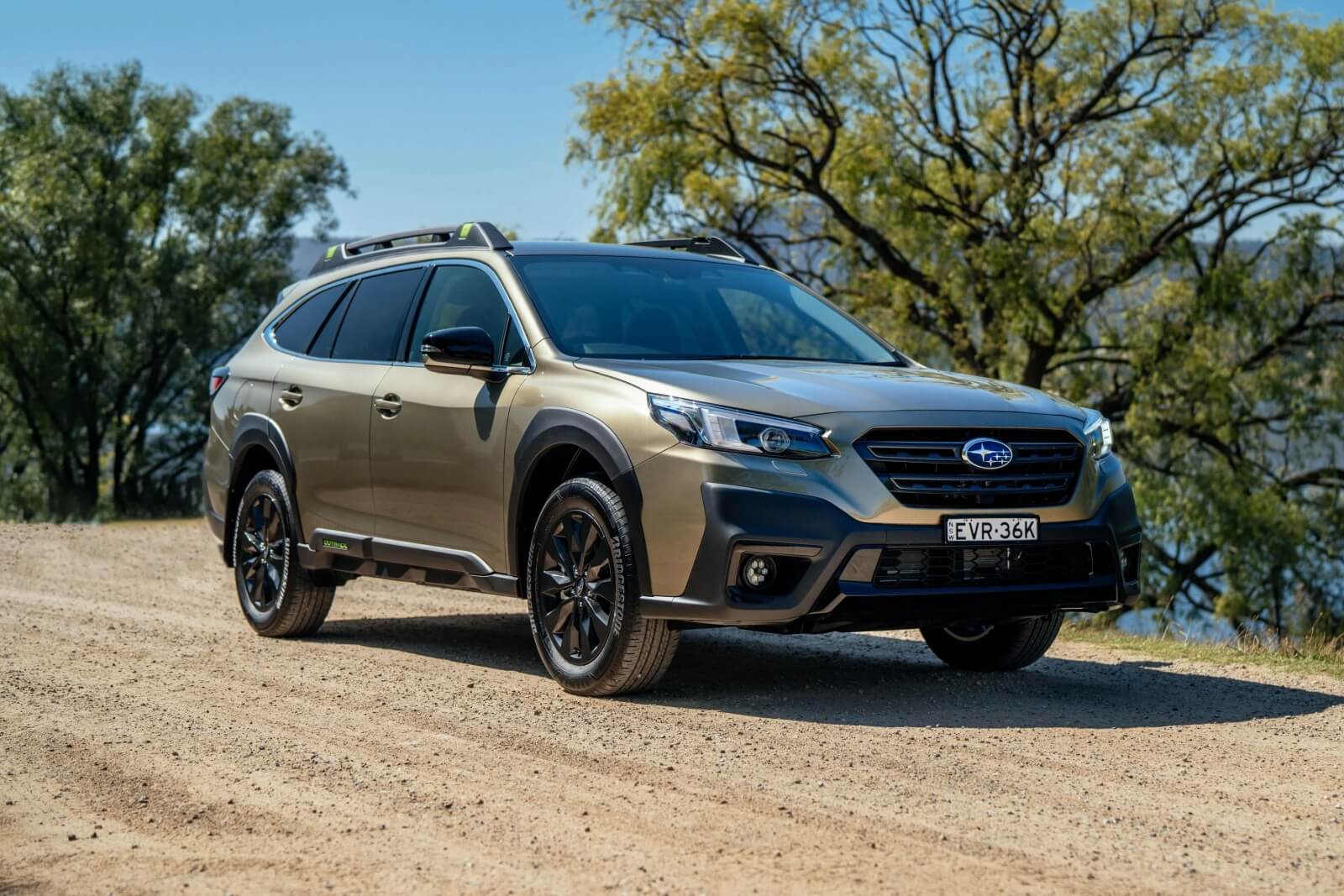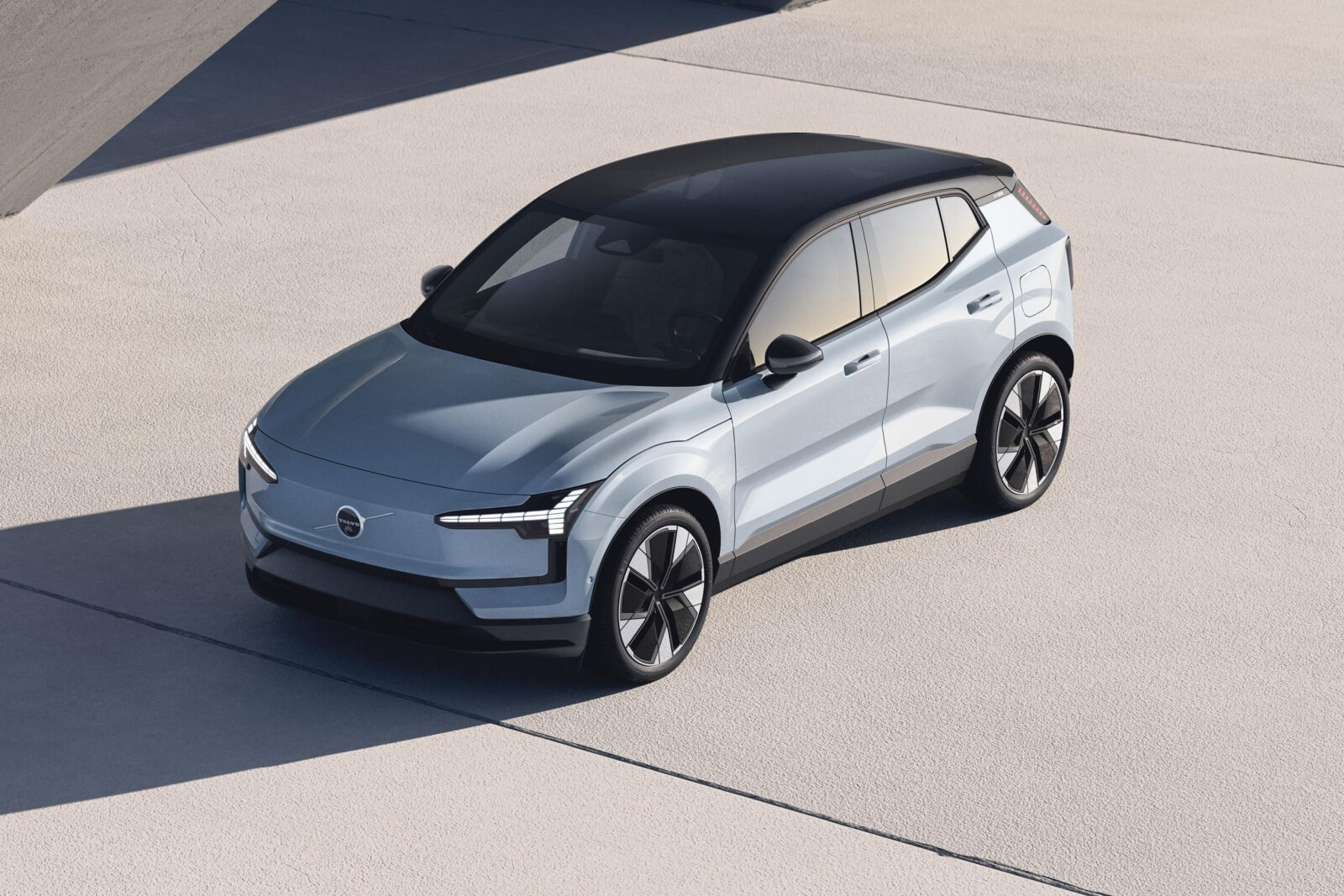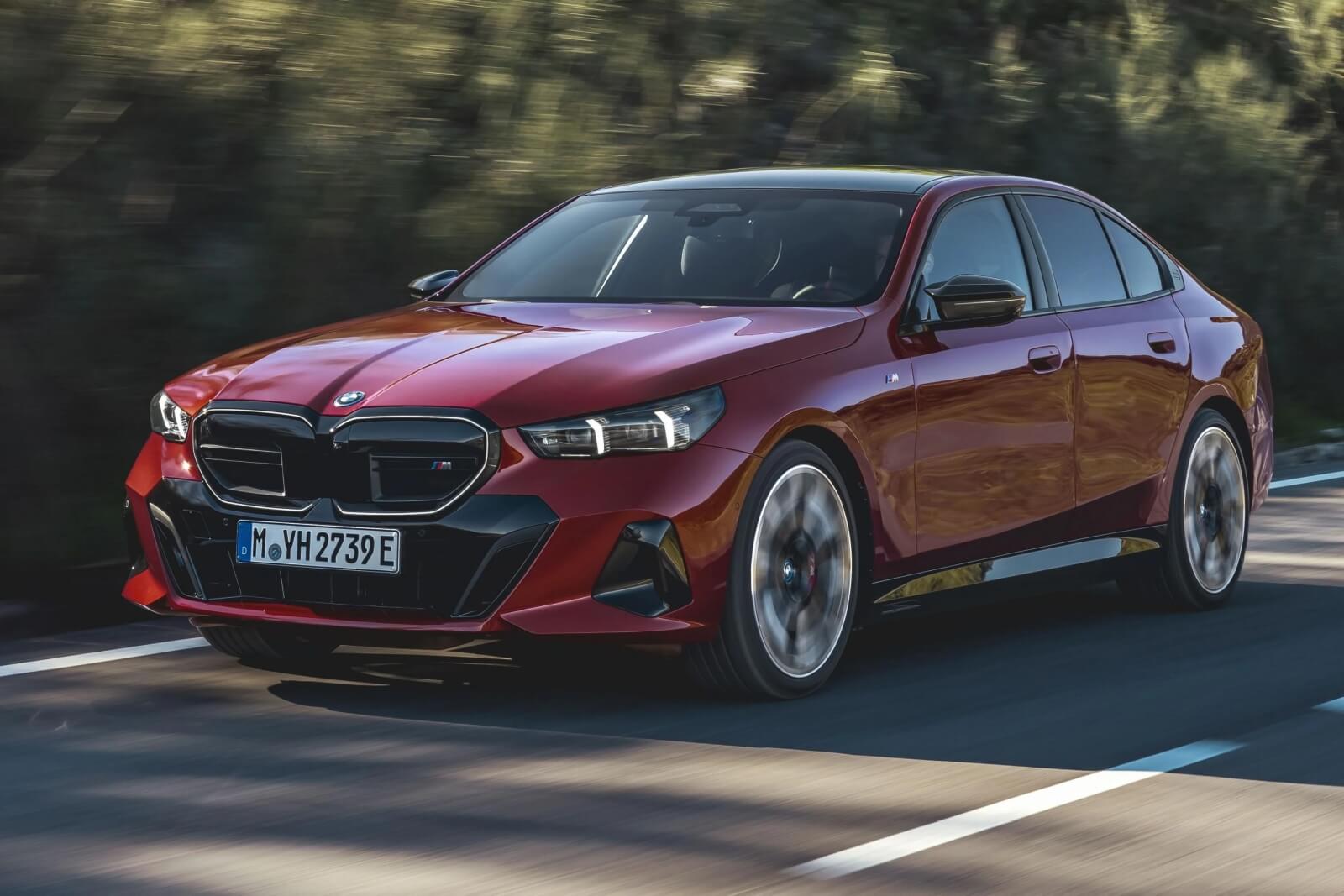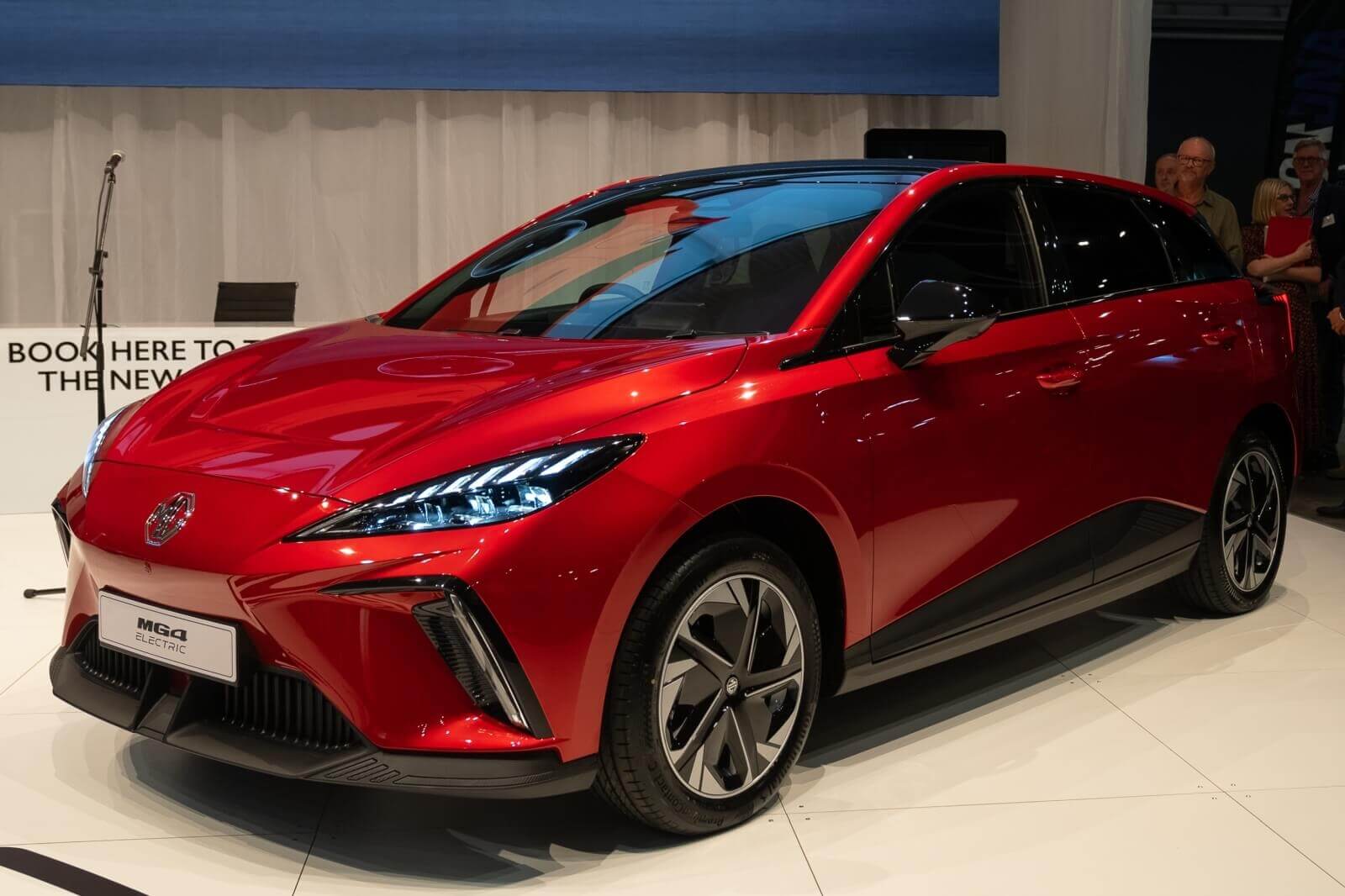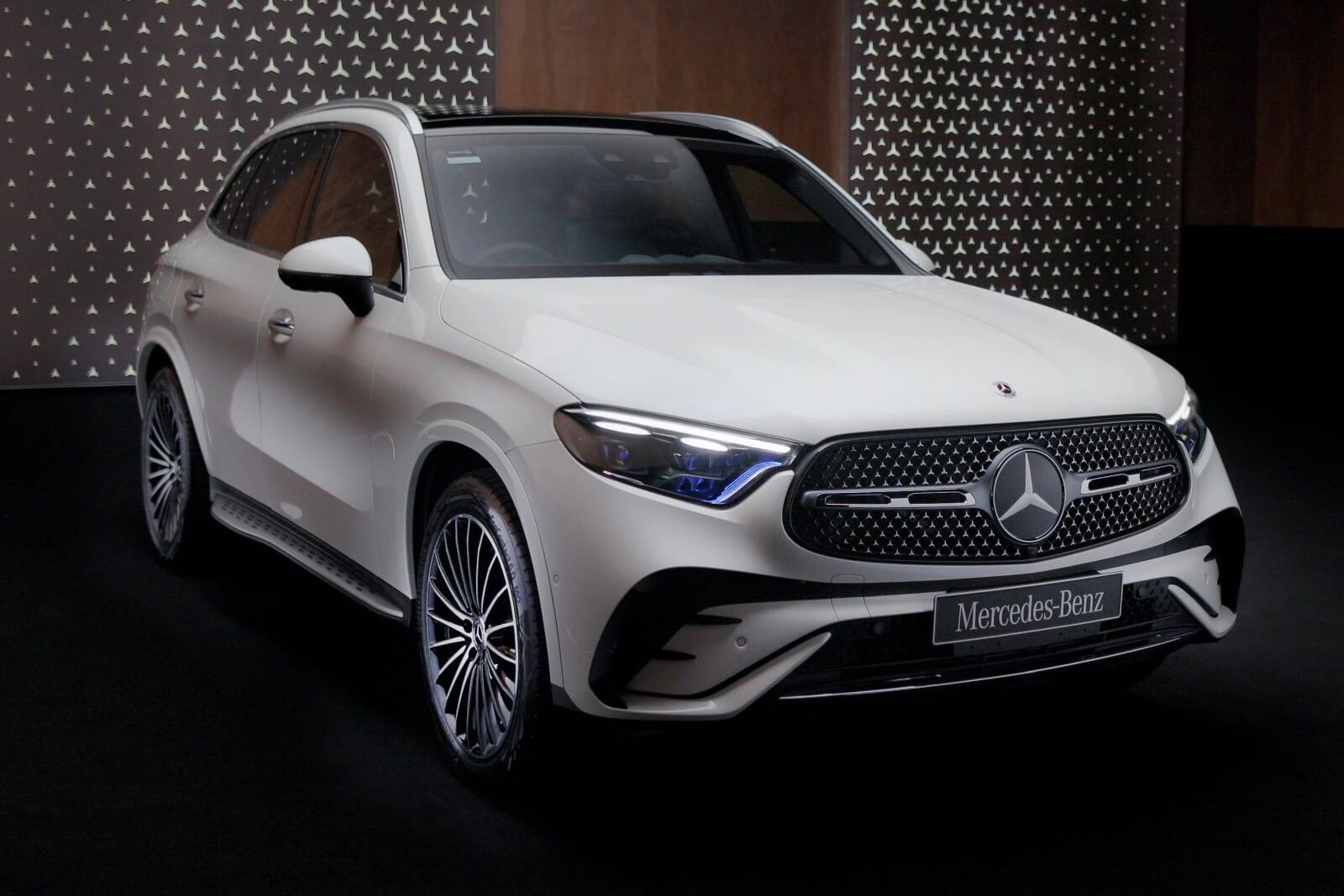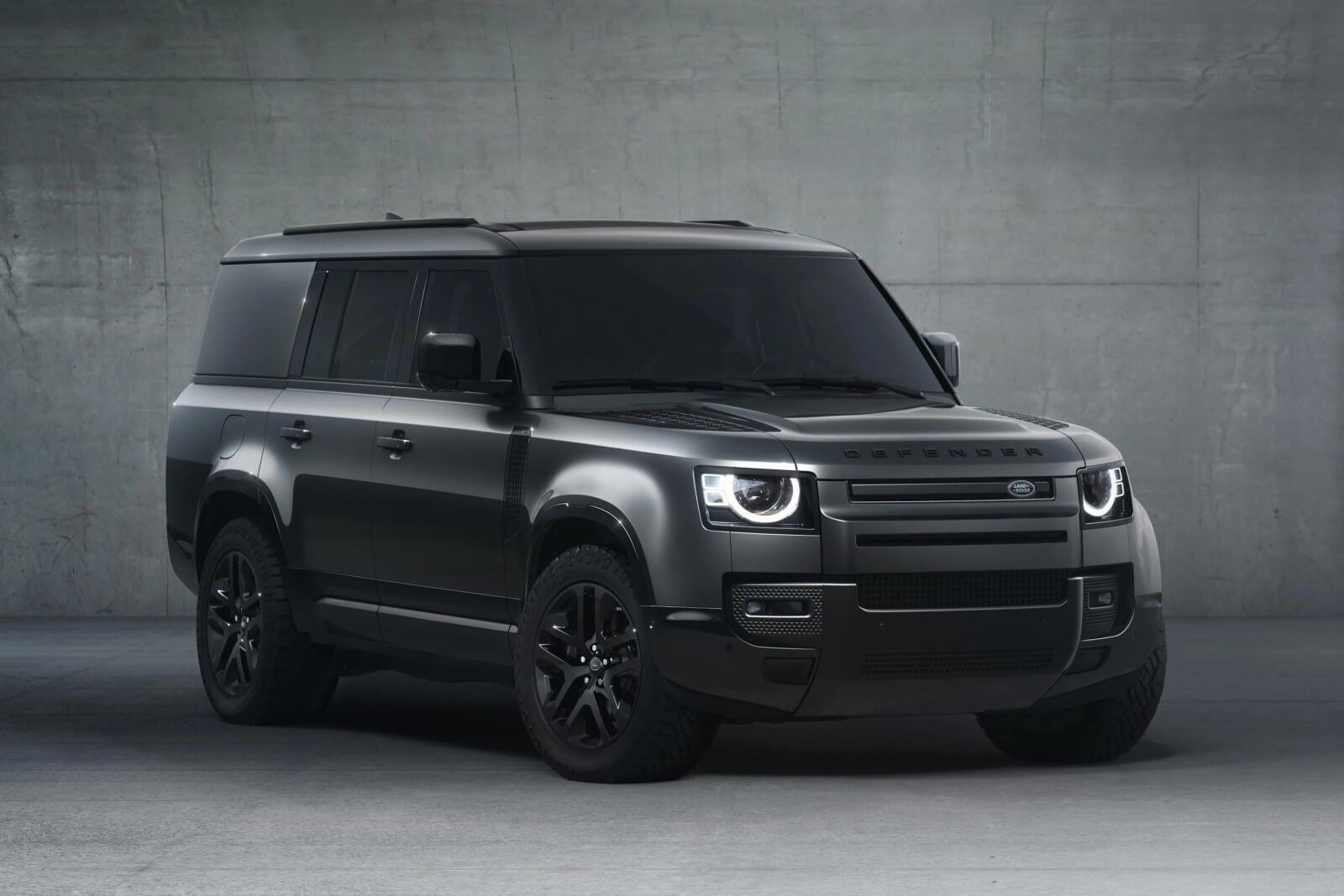We have compared prices with the United Kingdom to estimate how expensive the new EX90 will be when it lands in Australia
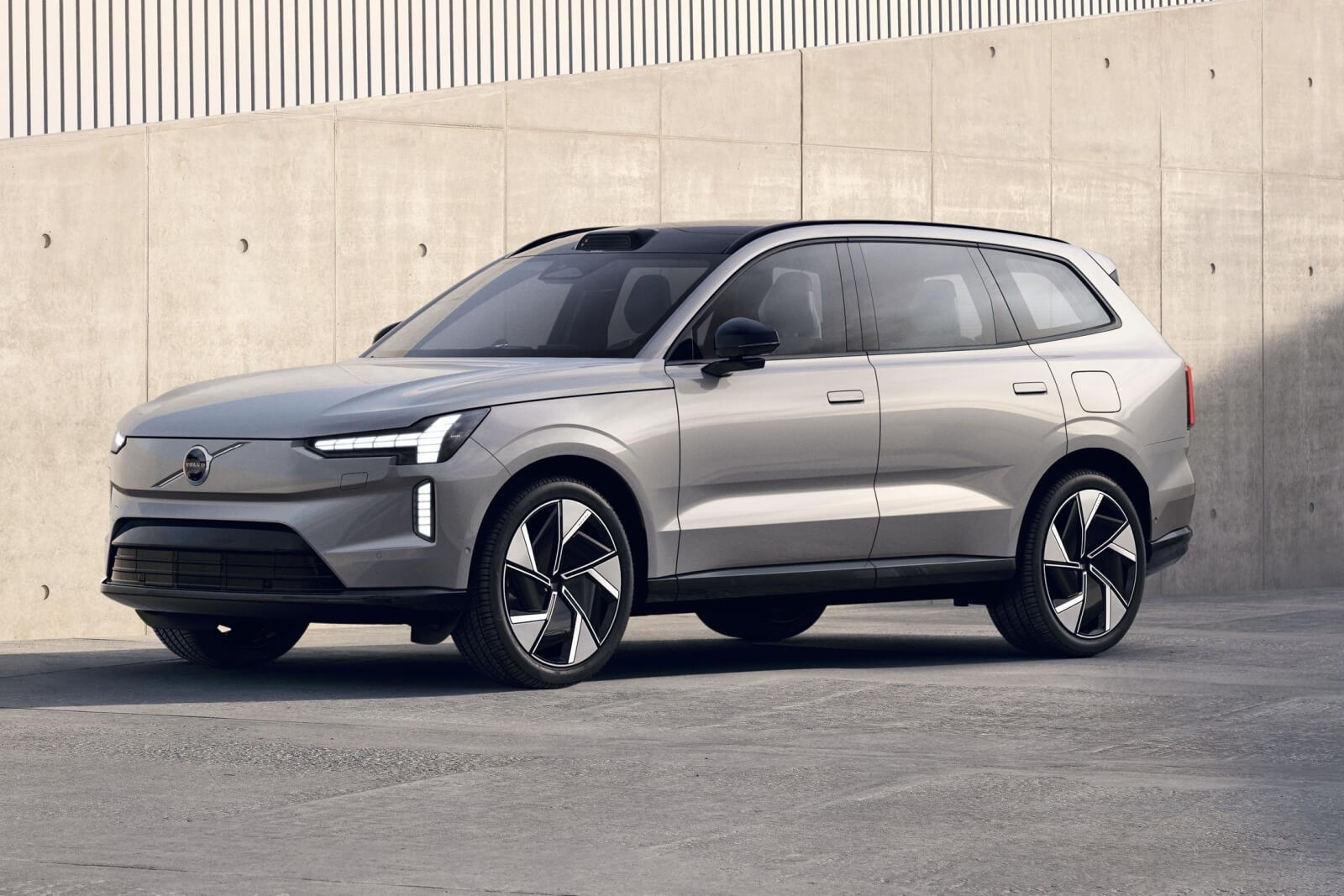
The 2024 Volvo EX90, a ground-breaking all-electric SUV, emerges as the successor to the much-loved XC90, marking a pivotal point in the automotive company's journey towards an electric future. The innovative EX90, revealed in Stockholm, underscores the brand's commitment to EVs as it brings a new definition to the term 'family car', incorporating state-of-the-art technology with a blend of functionality and modern elegance.
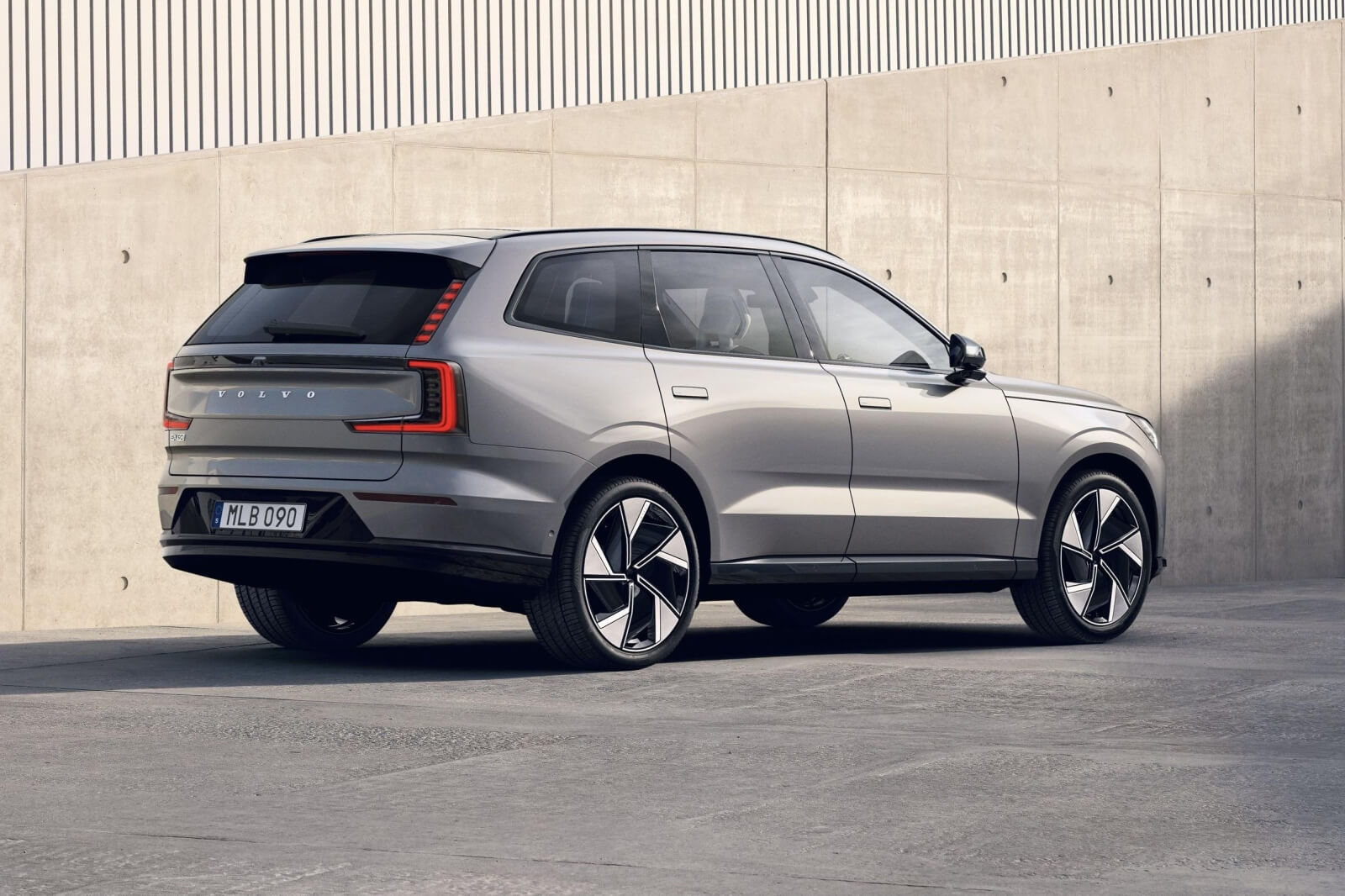
Powertrain
The EX90, flaunting an evolved yet familiar design, shows off its unique elements like a novel 'grille', roof LiDAR, and sleek, flush door handles. This all-electric beast combines luxury with power, thanks to its robust 111kWh battery pack powering dual permanent magnet motors, generating an impressive 380kW and 910Nm output. Volvo pledges the EX90 will boast a driving range up to 600km under the WLTP test cycle, bolstering the brand's claim of presenting "the most advanced computer on wheels."
Notably, the all-electric vehicle architecture of the EX90 shares similarities with the recently introduced Polestar 3. While we anticipate the debut of more affordable versions with smaller batteries and decreased outputs, Volvo already promises a rapid charging capability, achieving 10 to 80 per cent in less than half an hour on a DC fast-charger.
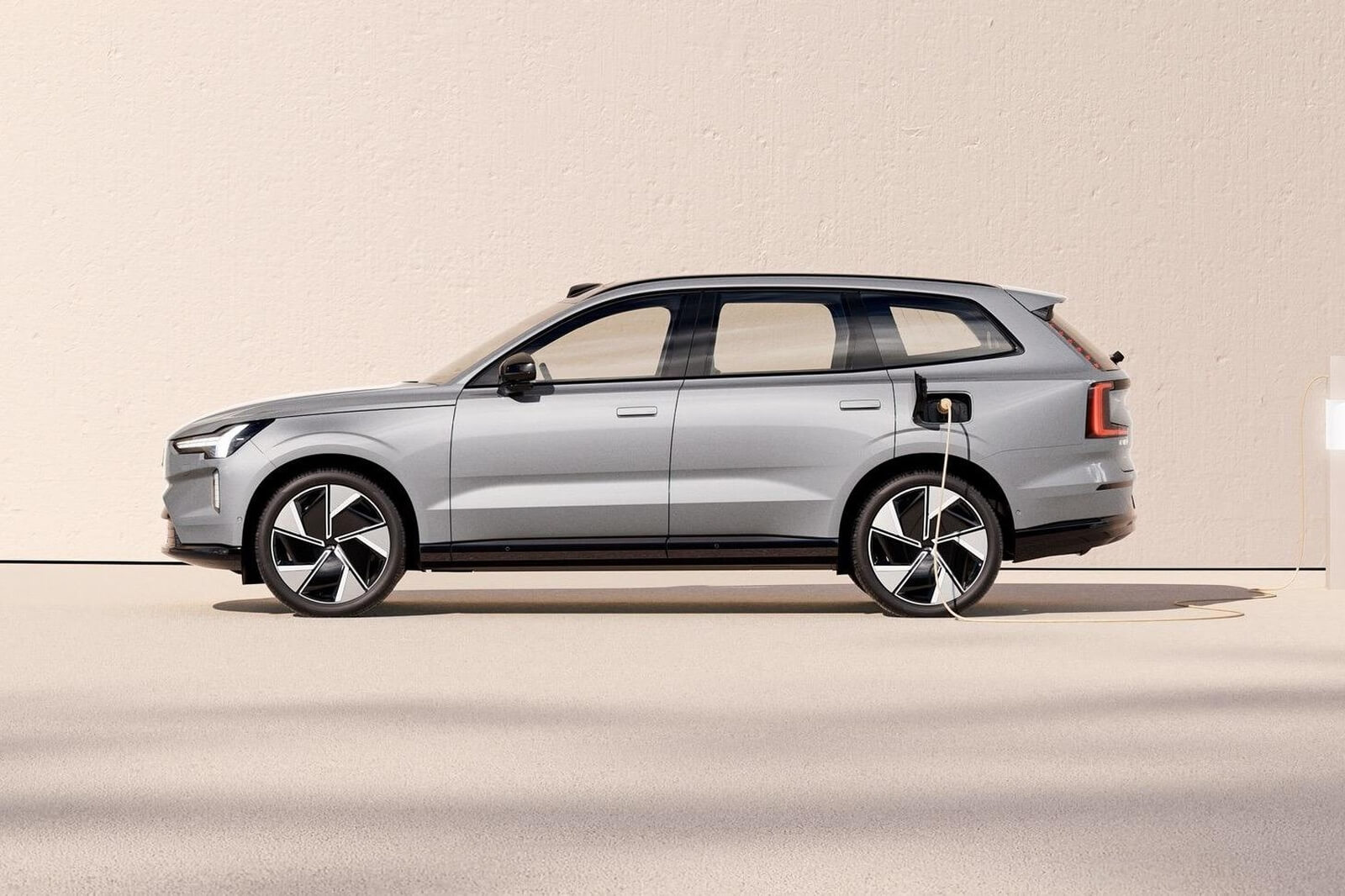
Safety and Driver Assistance
The Volvo EX90 is being billed as the safest car the company has ever produced, with a higher standard of safety than any previous models. Its safety features are designed to understand both the driver and its surroundings and will continuously evolve to get smarter and safer over time as it learns from new data and receives updates.
The car comes with LiDAR sensors, which go beyond traditional cameras and radars to provide a real-time and 360-degree view of the world around it. These sensors are connected to the car’s high-performance core computers, where Nvidia Drive runs Volvo Cars’ in-house software to process the data.
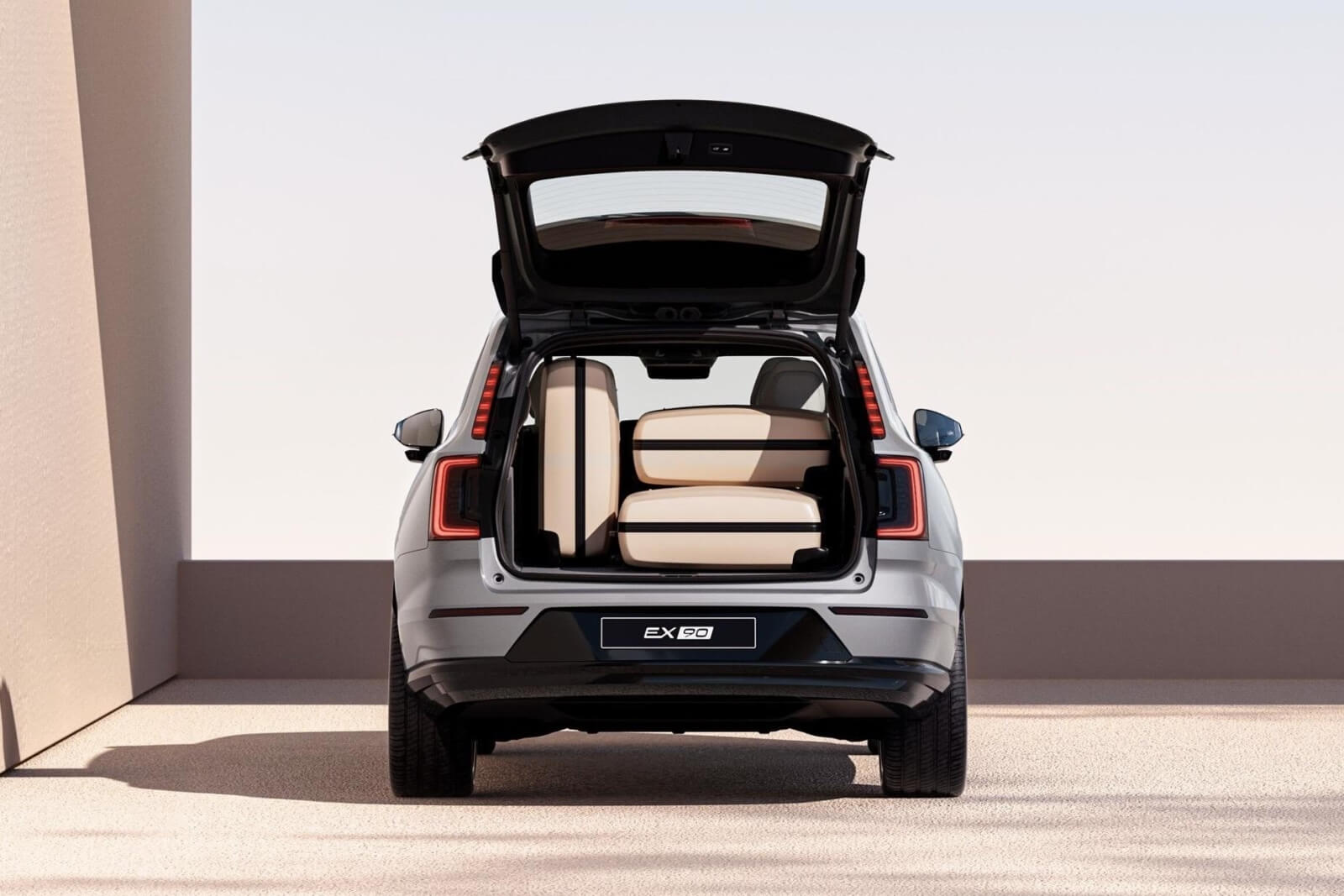
In addition to traditional driver-assist features, the EX90 introduces a new Pilot Assist with steering support while changing lanes. Interior sensors and cameras also monitor the driver's attention, capable of nudging the driver to pay attention or safely slowing the vehicle if it detects the driver is dozing off.
Thanks to the state-of-the-art sensor set, the Volvo EX90 is the first Volvo model that’s hardware-ready for unsupervised driving in the future – if legislation and infrastructure allow it.
Moreover, a newly revealed Volvo system uses radar sensors to detect sub-millimetre movements in the interior of the car, helping to protect against accidentally leaving children or pets inside. The system is also linked to the climate control system to ensure safety and comfort.

Interior and Technology
The interior of the EX90 is both luxurious and futuristic. It features a large 15-inch centre screen, equipped with a 5G connection and integrated Google features, creating a seamless user experience. The car's key can also be digital, utilizing your smartphone, offering another layer of convenience.
Moreover, the EX90 makes a significant contribution to sustainability, with about 15% recycled steel, 25% recycled aluminium, and around 48kg of recycled plastics and bio-based materials, marking a step ahead of any previous Volvo.
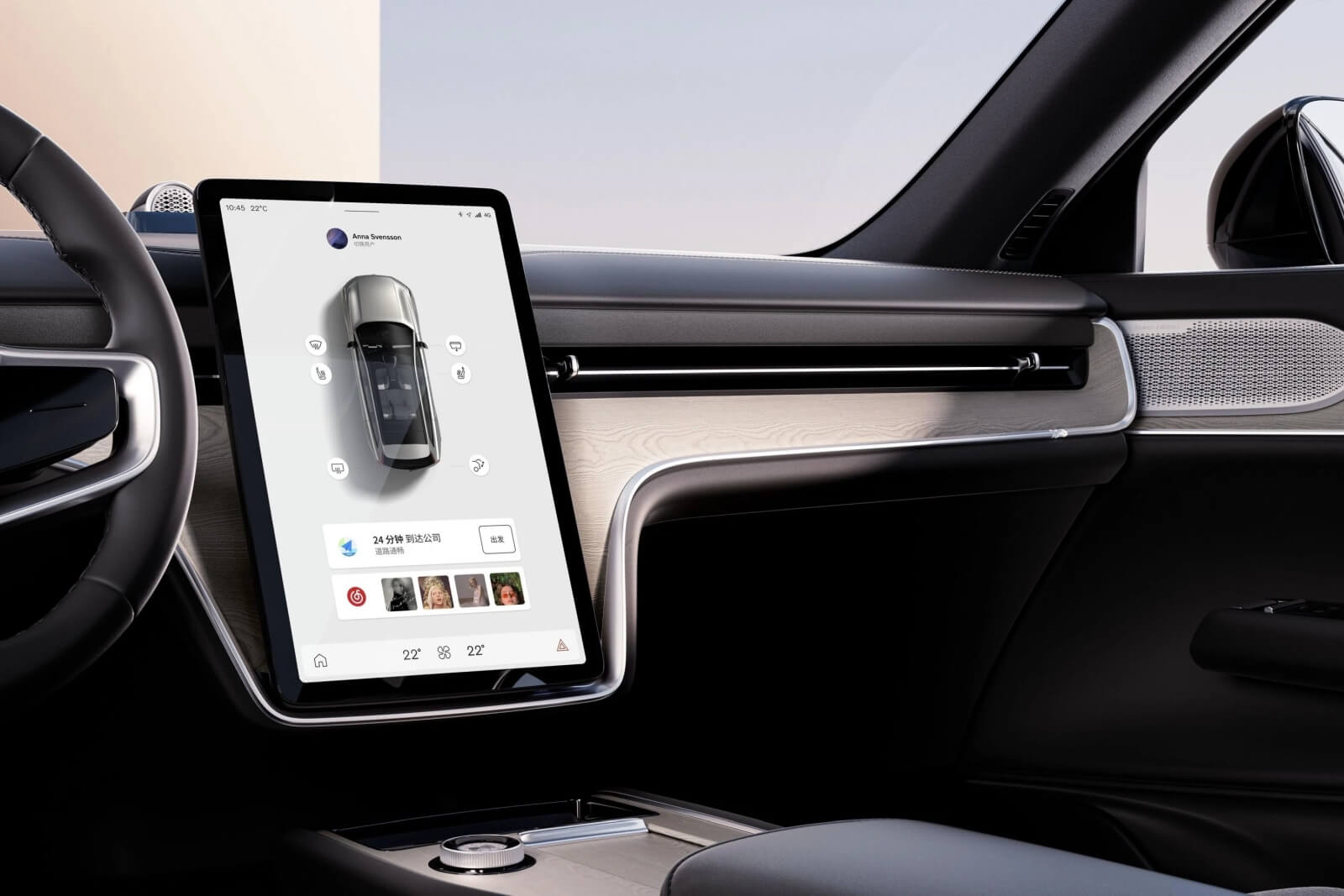
In the words of Volvo Car CEO Jim Rowan, "The Volvo EX90 is a statement for where we are, and where we are going.” The unveiling of the EX90 is only the beginning, with Volvo planning to reveal a new fully electric car annually.
At the heart of the EX90's interior is a 15-inch centre screen with a 5G connection and Google built-in, using its operating system. This means Google apps and services including Google Assistant and Google Maps are readily available, as well as wireless Apple CarPlay.
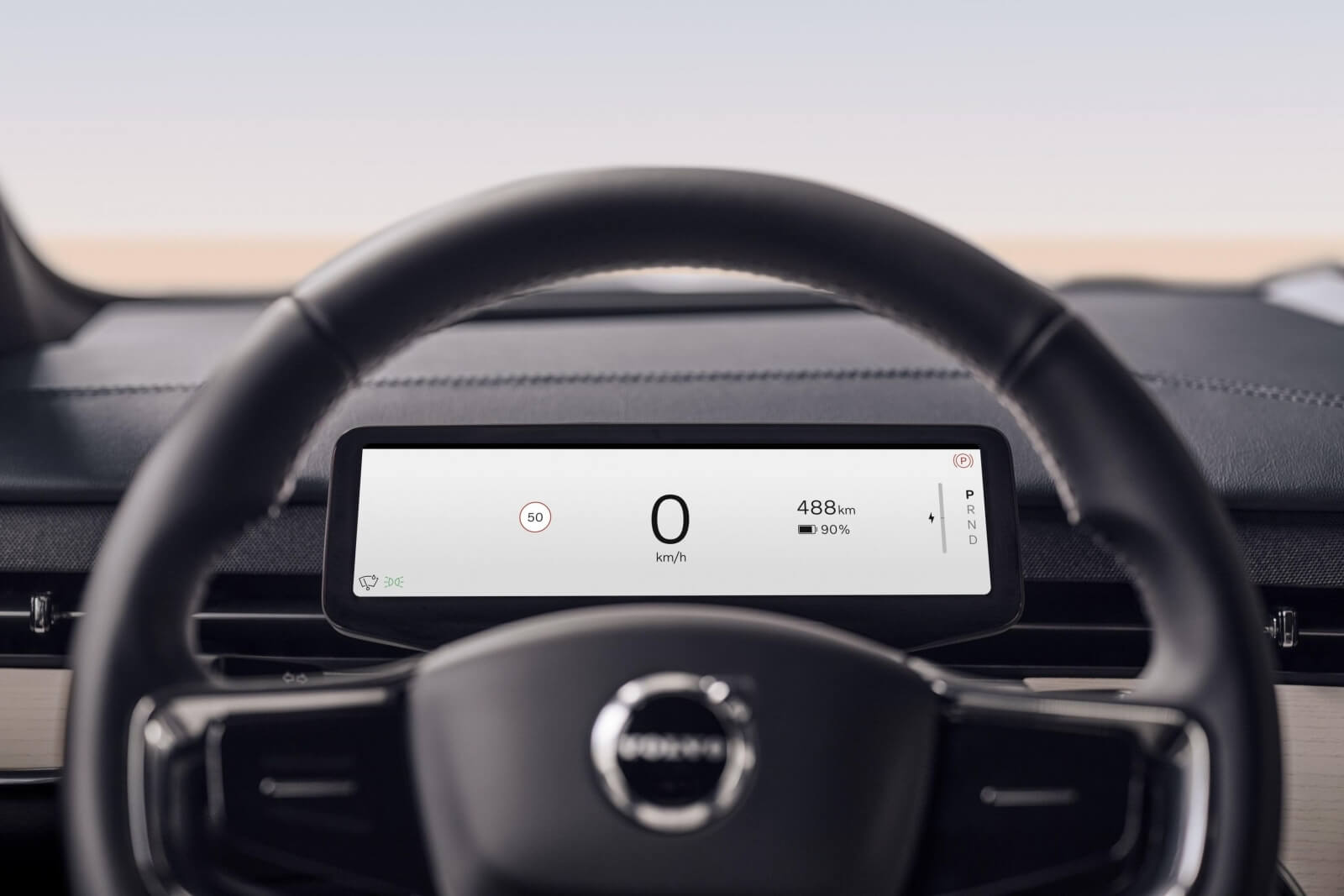
The EX90’s core systems and AI are powered by Nvidia Drive platforms Xavier and Orin, Qualcomm Technologies’ Snapdragon, Unreal Engine from the world of gaming for visualisation capabilities, and in-house software by Volvo engineers. This combination of technologies turns the EX90 into what Volvo calls a "highly advanced computer on wheels," and the vehicle is designed to get better over time, thanks to regular over-the-air software updates.
The Bowers & Wilkins audio system features Dolby Atmos as a Volvo-first, providing a more immersive sound experience with headrest-integrated speakers.
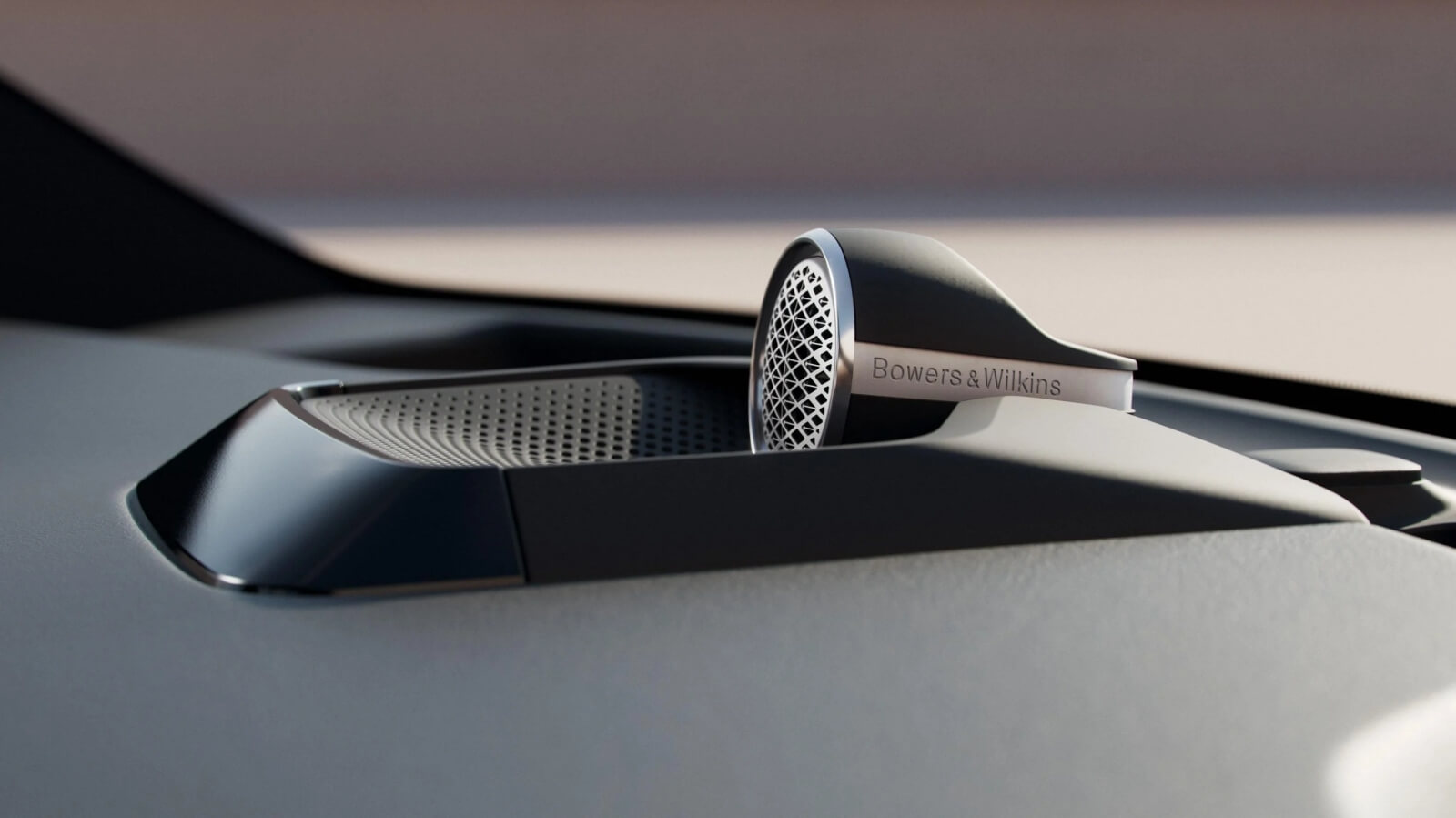
The EX90 is also equipped with bi-directional charging capabilities. While this will not be available at launch, it will follow later in selected markets, allowing the car's battery to power a home (also known as vehicle-to-home) or other small electrical devices (vehicle-to-load).
Australian enthusiasts can look forward to the arrival of this electric SUV flagship in the latter half of 2024. Meanwhile, the updated petrol-powered XC90, incorporating many EX90 technologies, is yet to be revealed. Volvo Car Australia, however, seems keen on fast-tracking its electric transition, and the petrol variant may or may not accompany the EX90 Down Under.
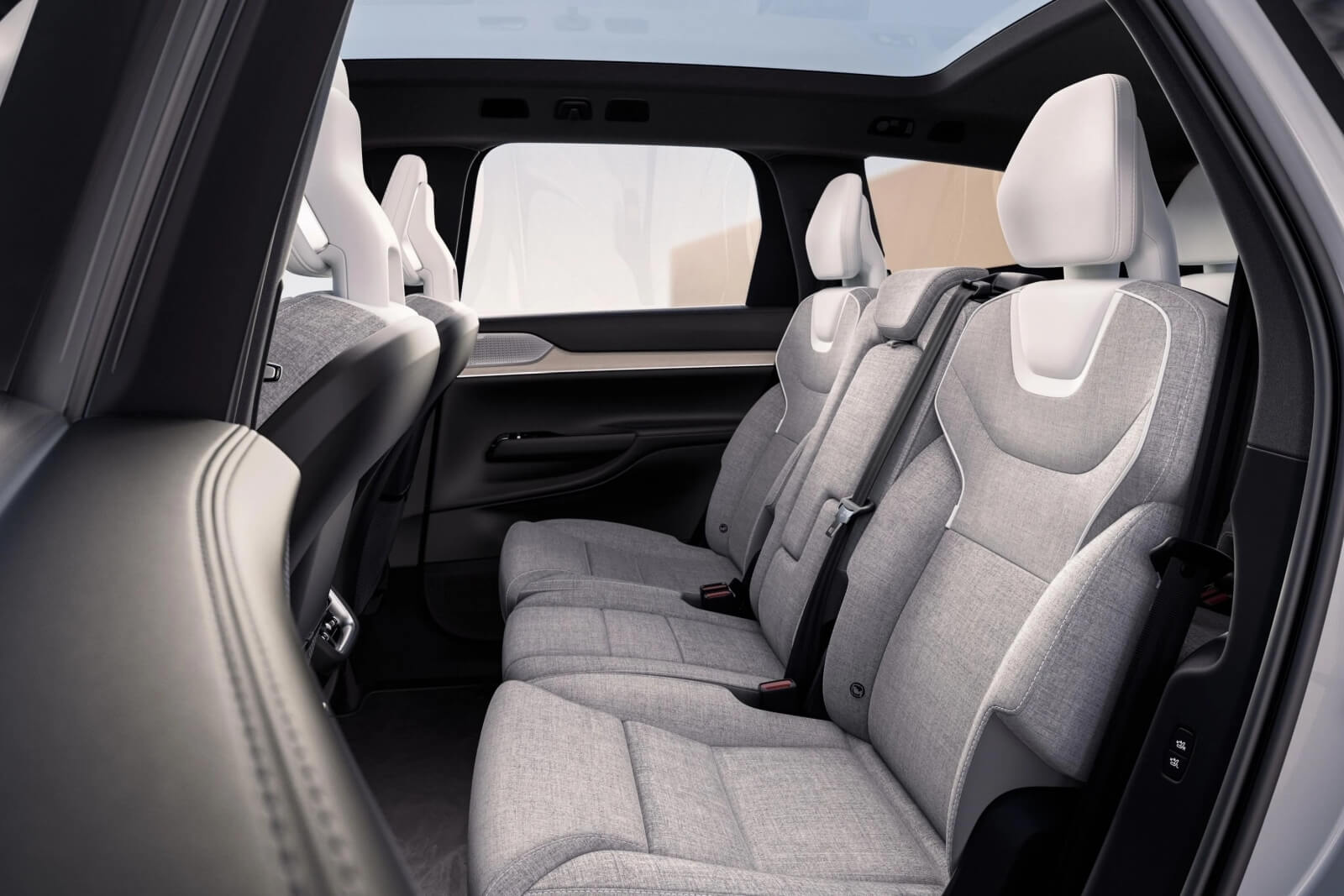
Overall, the EX90 is more than just a new vehicle; it's a symbol of Volvo's commitment to an electrified, sustainable future. It signifies a new chapter for Volvo, which looks increasingly electrifying.
